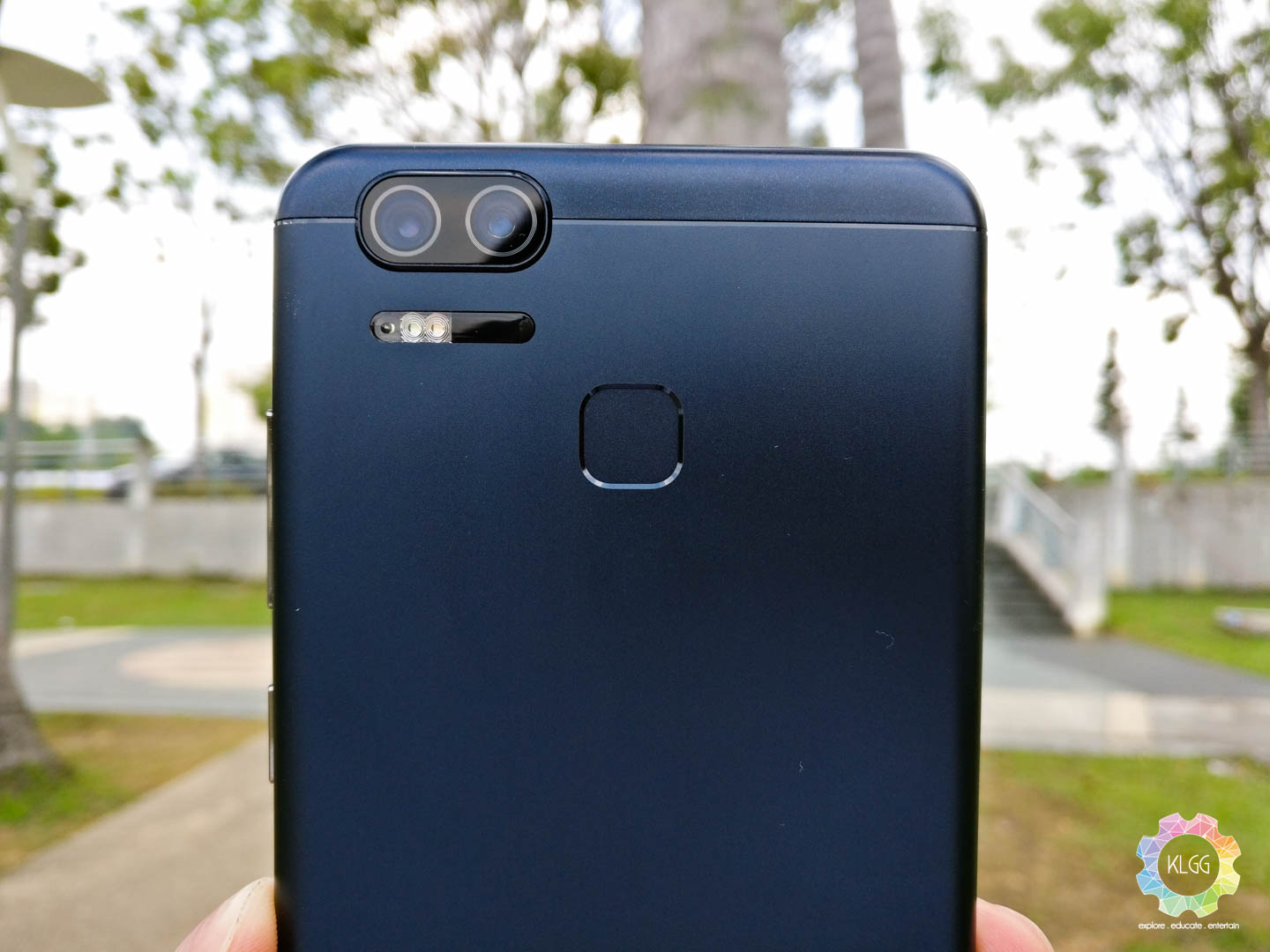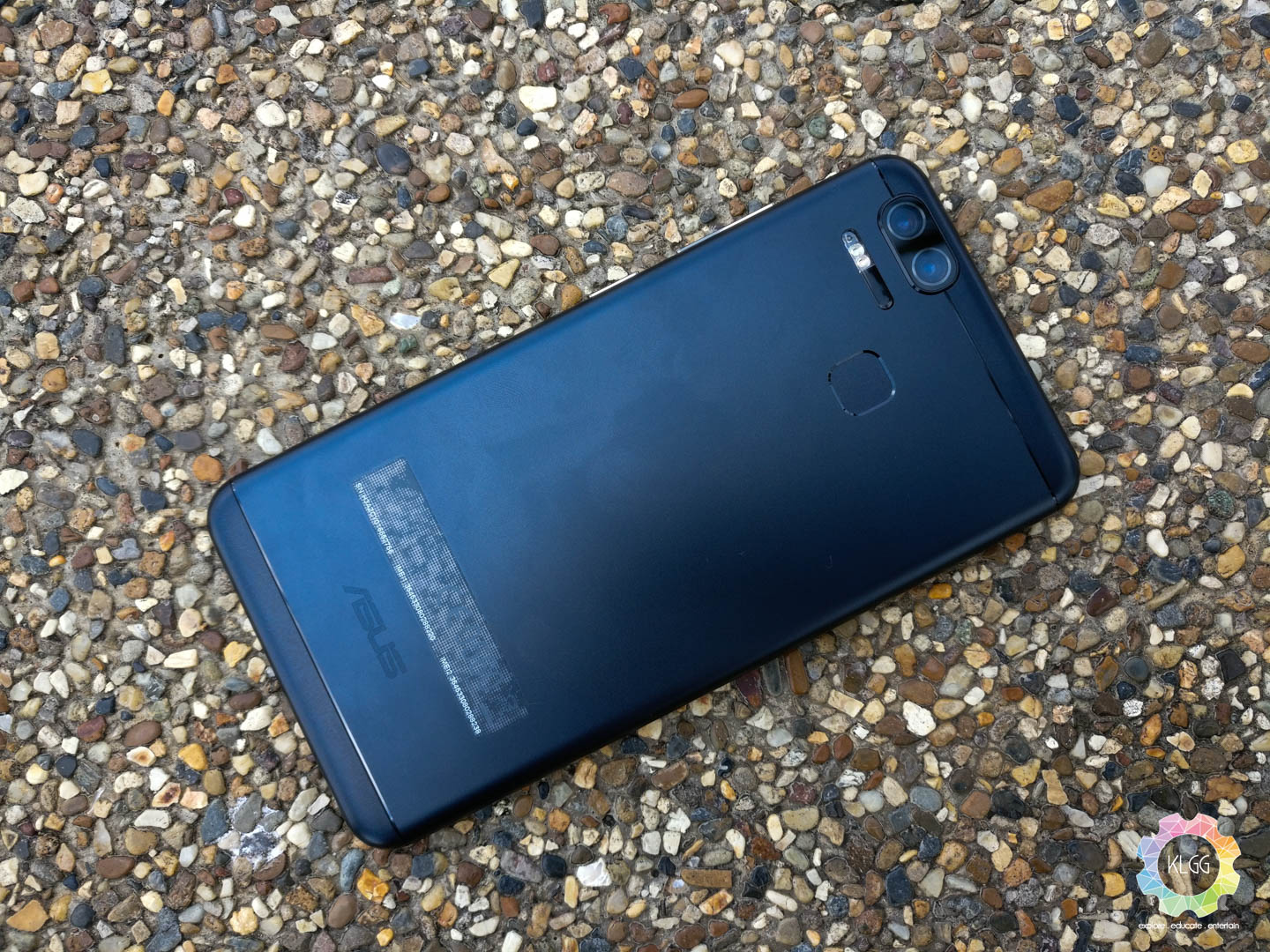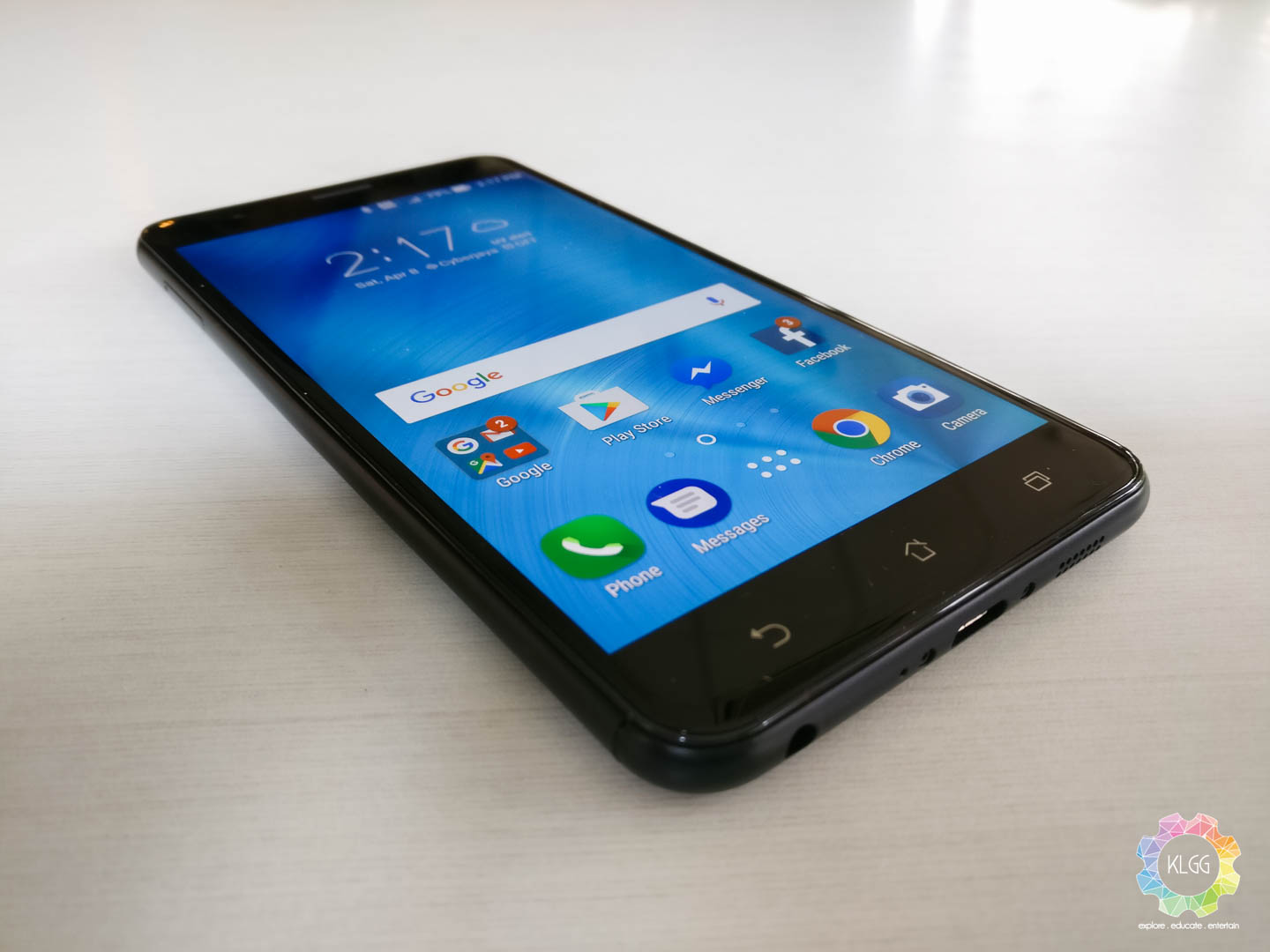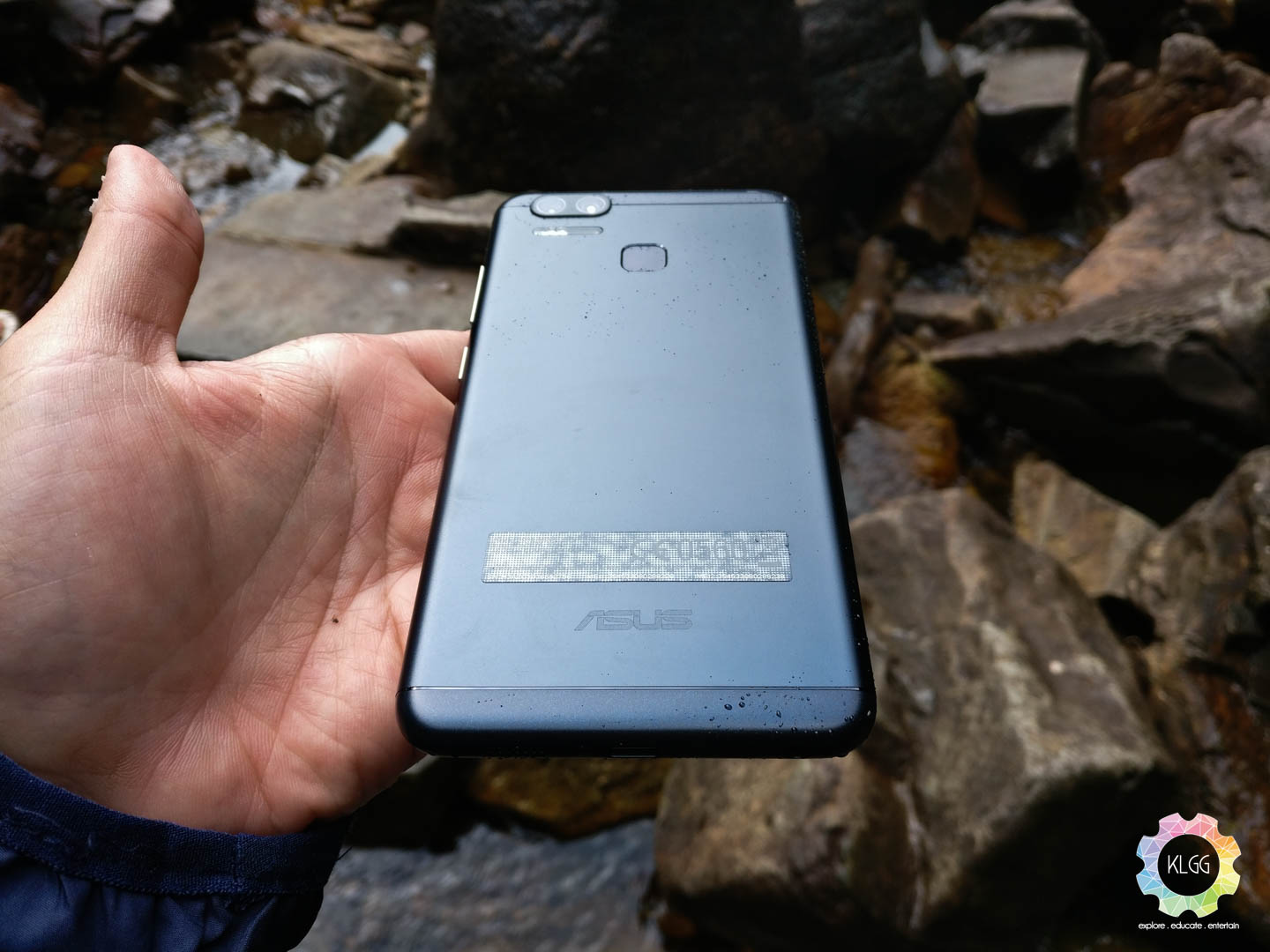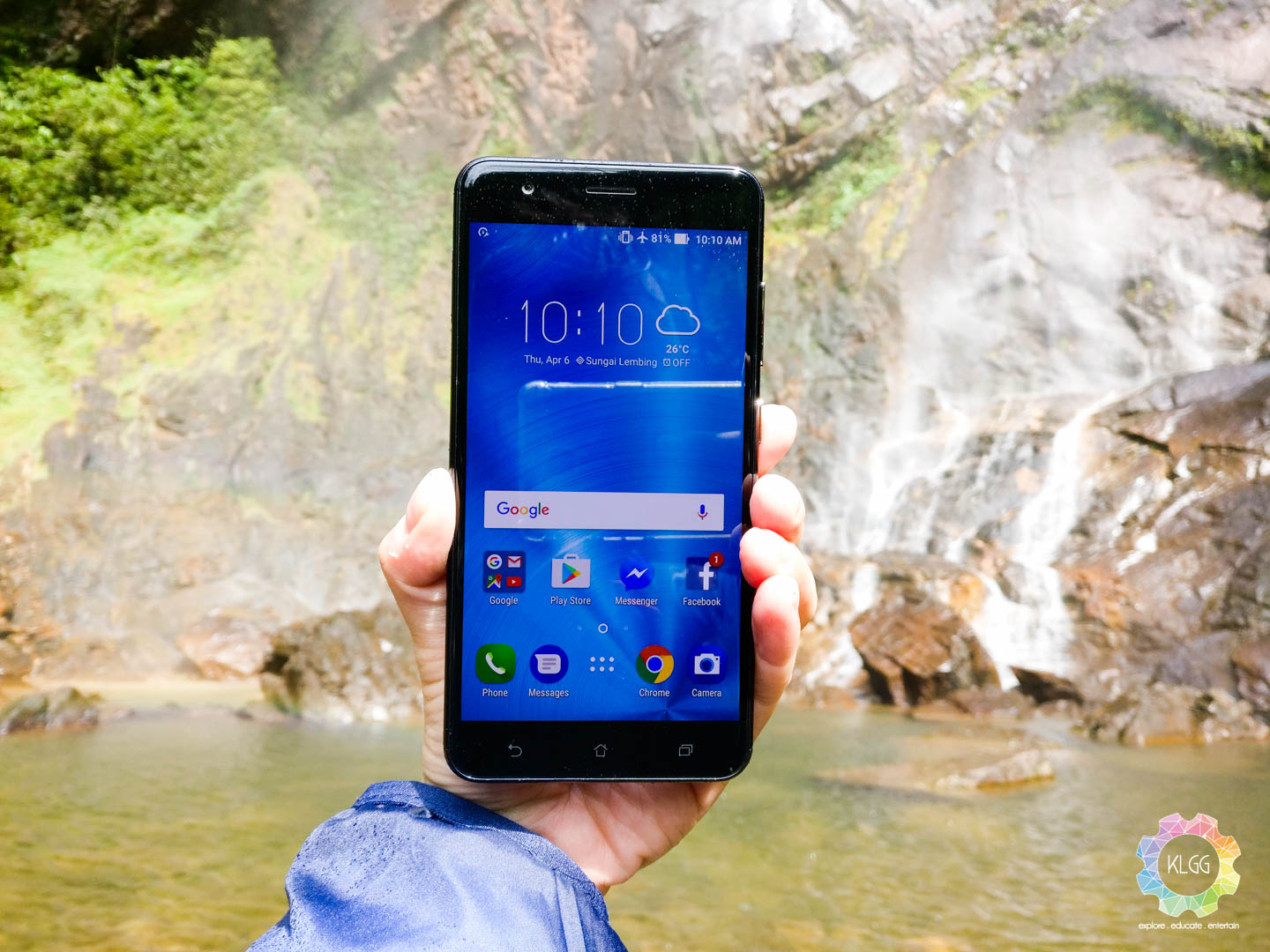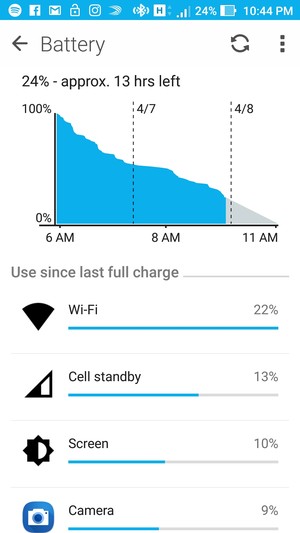ASUS didn’t made a tremendous success with the Zenfone Zoom last year, though it brought back optical zoom to phone cameras, the phone is sadly bogged down by a poor choice (but no choice) of hardware…*cough* Intel *cough*, the company was also late to launch the device as a quick follow up to the Zenfone 2, and the camera back then wasn’t as impressive as compared to other flagship devices of that time. A few days back, I have finally managed to get hold the final retail unit of the ZenFone 3 Zoom at the company’s media trip, it was my camera when hiking up the mountains, bracing the strong waterfall current and walking along the peaceful streets of Sungai Lembing, this short trip has managed to convinced me that the ZenFone 3 Zoom is a way more capable smartphone than I ever expected, and it is a phone that ASUS deserves to succeed in the competition.
Design and Hardware
The ZenFone 3 Zoom employs the very same design language that you will find on recent ASUS phones like the Max and Laser, which employs a metal unibody design that feels very good to the touch, not to forget to mention that this device isn’t a brick considering that it has a 5000mAh lithium-ion battery built in, the ZenFone 3 Zoom weighs 170 grams and measures 8mm. I’m glad that ASUS provides a TPU case out of the box this round, which not only protects the device but also makes it a less slippery device to hold. Despite of the great build quality that the Zoom has, ASUS has not made it resistant to dust and water.
ASUS has rarely disappoint when it comes to phone displays and the Zoom is no disappointment, the 5.5-inch display is protected with Corning Gorilla Glass 5 and produces a still decent Full HD resolution with an AMOLED panel, I was particularly impressed with the touch response time as I have never find myself touching the wrong thing when using the phone, the capacitive touch controls also provide a decent haptic feedback which I absolutely love. However, I do miss the dedicated camera shutter key that is present on the previous Zoom, and there’s no way that you can attach a lanyard to the phone’s chassis, but these are compromises that ASUS needs to make for the phone’s current design, which is completely understood.
Under the hood, the Zoom is powered by the efficient Snapdragon 625 processor that we are extremely familiar with, there’s also 4GB of RAM and 64GB of onboard storage, users can expand storage using a MicroSD card using the second SIM slot if required. Despite of the huge battery that ASUS has provided, the Zoom only accepts a 10W 2.0A input through its USB-C port, it will still charge at an acceptable speed but not as fast as you would expect from phones with fast charging. The Zoom is also no slouch when it comes to the audio department, as it features the same 5-magnet speakers with NXP Smart AMP from the ZenFone 3, while supporting Hi-Res audio 192KHz/24-bit output via its 3.5mm headphone jack. Therefore, if you loved what the ZenFone 3 has offered, you are not going to have problems with the Zoom’s hardware.
Software and User Experience
If you have used a ZenFone 3 before, the experience is going to be the same as it uses the same performance internals, the Zoom is fast and snappy like most Snapdragon 625 powered device that we have come across. At the time of writing this review, the Zoom is running Android Marshmallow out of the box with ZenUI preloaded, which you should expect very much the same set of software features present on recent ZenFone models, ASUS has already delivered Nougat to the ZenFone 3 and it shouldn’t be long that the Zoom receives an update as well.
What makes the new Zoom such an enjoyable device is the reliability it delivers, if you were to compare with its predecessor, it doesn’t overheat and never slows down as you use more apps, which saves the need to clear the phone’s memory every now and then. During the review period, the phone has been a very comfortable typing device not just because of its light weight, but also the great touch screen response that allows me to type confidently with two hands.
The Zoom scores high in my books when it comes to the audio department, although ASUS didn’t employ a dual speaker setup like what HTC has done with BoomSound, the phone’s mono loudspeakers produces clean audio even when the volume level is maxed out, though the experience could have been even better if ASUS have included another speaker at the earpiece. In addition, the Zoom’s headphone output is able to power my Sony MDR-1000X without any issues, and since this is a Hi-Res audio certified device, it plays lossless audio files and is able to deliver detailed sound to your headphones, not to forget to mention that it also supports Qualcomm’s aptX for CD quality wireless streaming, an audio equalizer is also present with support for DTX Headphone:X 7.1 surround sound.
Camera
When I saw the ZenFone 3 Zoom back in CES, I was rather doubtful of its camera capabilities as I wasn’t able to test it properly in the experiential zone, I was also quick to conclude that the camera should work pretty much the same or worse than the iPhone 7 Plus, but it turns out that the Zoom’s dual camera setup exceeds my expectations after spending a few days with it, and I can confirm that it is better than the iPhone 7 Plus in some ways.
Let’s drill down to specs, the phone’s dual camera sensors capture 12-megapixel photos with a focal length of 25mm for the wide angle lens and 59mm for the zoom lens, while having an aperture range of f/1.7-f/2.6, which is a much improved setup from its predecessor. In contrast, the iPhone 7 Plus’ dual camera setup is a 28mm wide angle lens and a 56mm telephoto lens, with an aperture range of f/1.8-f/2.8. Last but not the least, the ZenFone 3 Zoom’s camera has a large 1/2.55″ sensor size, which is significantly larger than the iPhone 7 Plus’ 1/3″ sensor size, hence you do already see who the winner is here.
On top of that, there’s a lot of tech included behind that dual camera lens, 4-axis optical stabilization and 3-axis electrical stabilization, dual pixel phase detection autofocus, laser autofocus, ASUS SuperPixel Engine that increases light sensitivity up to 2.5x and a Color Correction Sensor for producing accurate colors in pictures. These features may be overwhelming for the average user, but it is what makes the ZenFone 3 Zoom the best mobile shooter in its class even when you are an amateur photographer, the camera takes impressive pictures in auto mode most of the time, while you do find pictures to be easily overexposed due to the sensor’s sensitivity to light, fiddle a while with the manual settings and your pictures will look just the way you want. The ASUS Camera app is also something that I have been commending for a while since the first ZenFone, and it continues to impress with a variety of shooting modes.
Camera Samples
Camera Sample (Zoom, right for Standard focal length, left for 2.3x optical zoom)
Video Recording (4K 30fps)
Since the ZenFone 3, ASUS has promoted the use of both OIS and EIS for the phone’s video shooting capabilities. With the same stabilization hardware included, the Zoom takes pretty stable videos on handheld, while I’m also glad to see an improvement in the phone’s software in using the ISO speed to control the brightness of the video, the shutter speed unfortunately changes during the shoot if the camera requires more light, which results a drop in video frame rates, let’s hope ASUS can fix this using a software update.
Though it may seem like ASUS has only worked hard on the Zoom’s main cameras, ASUS isn’t missing out the opportunity to attract selfie lovers with a wide angle 13-megapixel front camera, it has a sensor size of 1/3.06″ and a f/2.0 aperture, which works pretty well in low light.
Battery Life
As we have come to know of the Snapdragon 625 system on chip, it has delivered superb power consumption on devices like the Oppo R9s, which only sports a 3000mAh battery. With a 5000mAh battery onboard, you can definitely trust the ZenFone 3 Zoom to last a full day if you are using it as a road trip camera, and up to 2 days if you are using it purely for web browsing and texting. However, the Zoom lacks support for Quick Charge 3.0 and should the battery ever run flat, it is going to take a while to get the phone fully charged, there’s also no wireless charging included as well.

